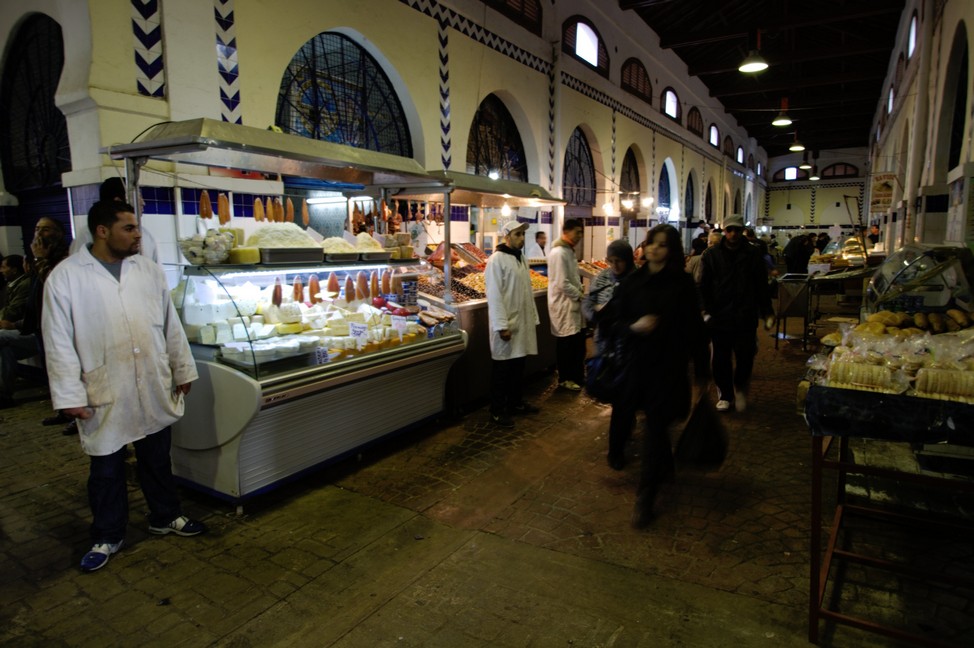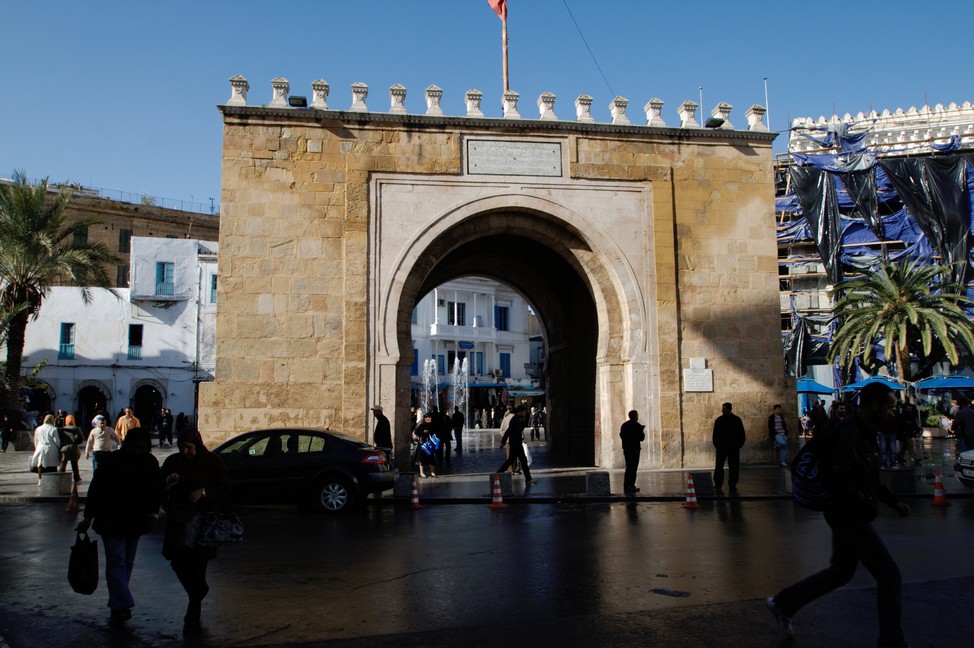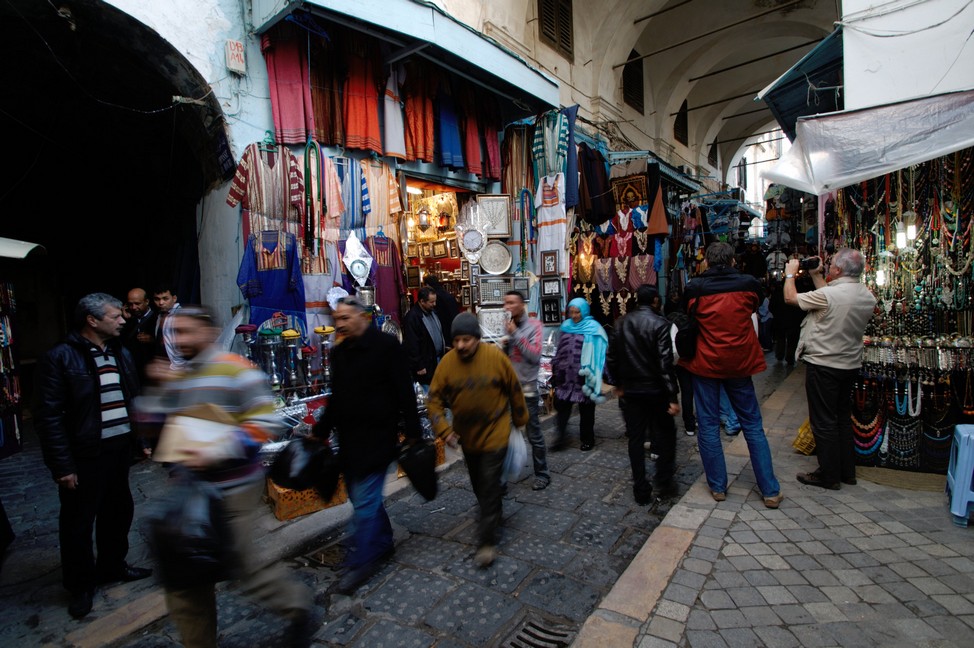For the next day we plan a visit to the souks of Tunis, Tunisia. The capital of Tunisia is located in the north of the country.
Tunis Population
It is inhabited by 900,000 people. Tunisia is a North African country with a diverse population that includes various ethnic groups. The majority of the population in Tunisia identifies as Arab-Berber, and this group makes up the largest ethnic composition in the country. The Arab-Berber identity represents a blending of Arab and Berber (indigenous North African) cultures and heritage.
Arab-Berber Tunisians are characterized by their Arabic language, Islamic religion (predominantly Sunni Islam), and a shared North African cultural identity that has evolved over centuries. This group includes individuals of both Arab and Berber descent, and they share common customs, traditions, and a sense of national identity.
It’s important to note that Tunisia, like many countries, has a degree of ethnic and cultural diversity within its population. There are also small communities of ethnic minorities, including Tunisian Jews and individuals of sub-Saharan African descent, who have contributed to the country’s cultural mosaic. However, the Arab-Berber identity is the dominant and most widely recognized ethnic group in Tunisia.
It’s worth emphasizing that the term “ethnicity” can be complex and multifaceted, and individuals within a country may identify with various aspects of their cultural, linguistic, and religious backgrounds. Tunisia’s cultural diversity is an integral part of its identity, and its people take pride in their rich heritage and history.
Tunis Centre
Tunis has two faces. The modern western style city with shopping malls, and the oriental, muslim city, with winding streets and the old souk. This is precisely the place we want to visit.
By commuter train we travel to the centre. The vehicles we leave at the campsite as there is no parking in the centre anyway. Even our dog Tara must stay behind.
Market Halls
Renate our guide shows us the market halls. We are amazed at the variety of goods – vegetables, fruit, but they also offer fish and meat here.

Medina
From the Market hall we walk through the narrow streets to the medina, the old town of Tunis. The Tunis Medina, also known as the Tunis Medina Quarter, is the historic and cultural heart of Tunis, the capital city of Tunisia. It is a UNESCO World Heritage Site and is renowned for its well-preserved medieval architecture, narrow winding streets, and vibrant atmosphere.
The Tunis Medina has a long and rich history dating back to the founding of the city in the 9th century. It was originally established by the Aghlabid dynasty and later expanded and embellished by various rulers, including the Almohads and the Ottomans.
There is also the Tunis Souks, or bazaar. Again and again fruits are offered on the street. Especially of good taste are the prickly pears, unusual for our European taste.
City Gate
We are impressed by the last remaining city gate of the old town. The old town dates back to the 9th century and is a maze of streets with dwellings, shops and craftsmen shops. Today, the gate stands alone on the square to the entrance to the Medina. It seems to look almost like a triumphal arch.

Tunis History
By the time Tunisia was still French protectorate, the magnificent houses testify behind the gate. 1956 Tunisia became independent, and the French left the country. What they left behind was the Arabic and French language. We push through the narrow streets of the Old Town. Again and again we are struck by how different the wearing of the veil is handled. There are women without a headscarf, and there are women that cover just their hair with the cloth – the ghurka, the overall veil, we see very rarely.
Shisha
The smoke pipe, called shisha here, can not be missed in the daily lives of Tunisians. The selection is extensive, they are offered in all colours. The origin of the current form is in Egypt. Smoking together with others is seen today as a symbol of friendship. Shisha, also known as hookah, narghile, or water pipe, is a traditional smoking apparatus that is popular in various parts of the world, particularly in the Middle East, North Africa, and South Asia. It is often used for the consumption of flavored tobacco or herbal mixtures.
Souk
On entering the old town is the tourist part of the souk. Here all dispensable sorts of things are offered. We also find in this section lots of cafes, where the smoke pipe can be enjoyed, and snacks are available as well. We reluctantly leave and penetrate deeper into the more original parts. Food stalls offer a wide variety of pastries, where they are fried in hot fat and filled with egg, minced meat, herbs, tuna or seafood.

Of course there are a number of scams in the souk. The tricks are really good and skillful. They tell you they have connections in your home country and you’re caught in the trap. They offer you special carpets or special attractions. Of course, we fall into the trap. We console ourselves over the many Euros we ended up spending by the splendid view over the medina, the old town, this view we probably would not have found otherwise.
Medersa
We visit the Medersa Slimanya, which belongs to a complex of three Islamic schools. It was used to study the Koran and was lodging for the students who came from across the country and had their rooms here. The Slimanya was founded in 1756 by Ali Pasha, but does not serve as an Islamic school any more.
Next door we find another Islamic school. It now acts as a training centre for goldsmiths. A few steps further we visit the mausoleum Tourbet el Bey, clearly recognized by the dome. Ali Pasha the second built the mausoleum in the second half of the 18th century. Here the rulers, their families and high ministers are buried. The dozens of graves are decorated mainly in white marble, many with elaborate stone carvings, fonts, ornaments, some with coloured marble inlays. Women’s graves are bordered at both ends with marble slabs. From the patios you get to several columned domed rooms, where graves are also found.